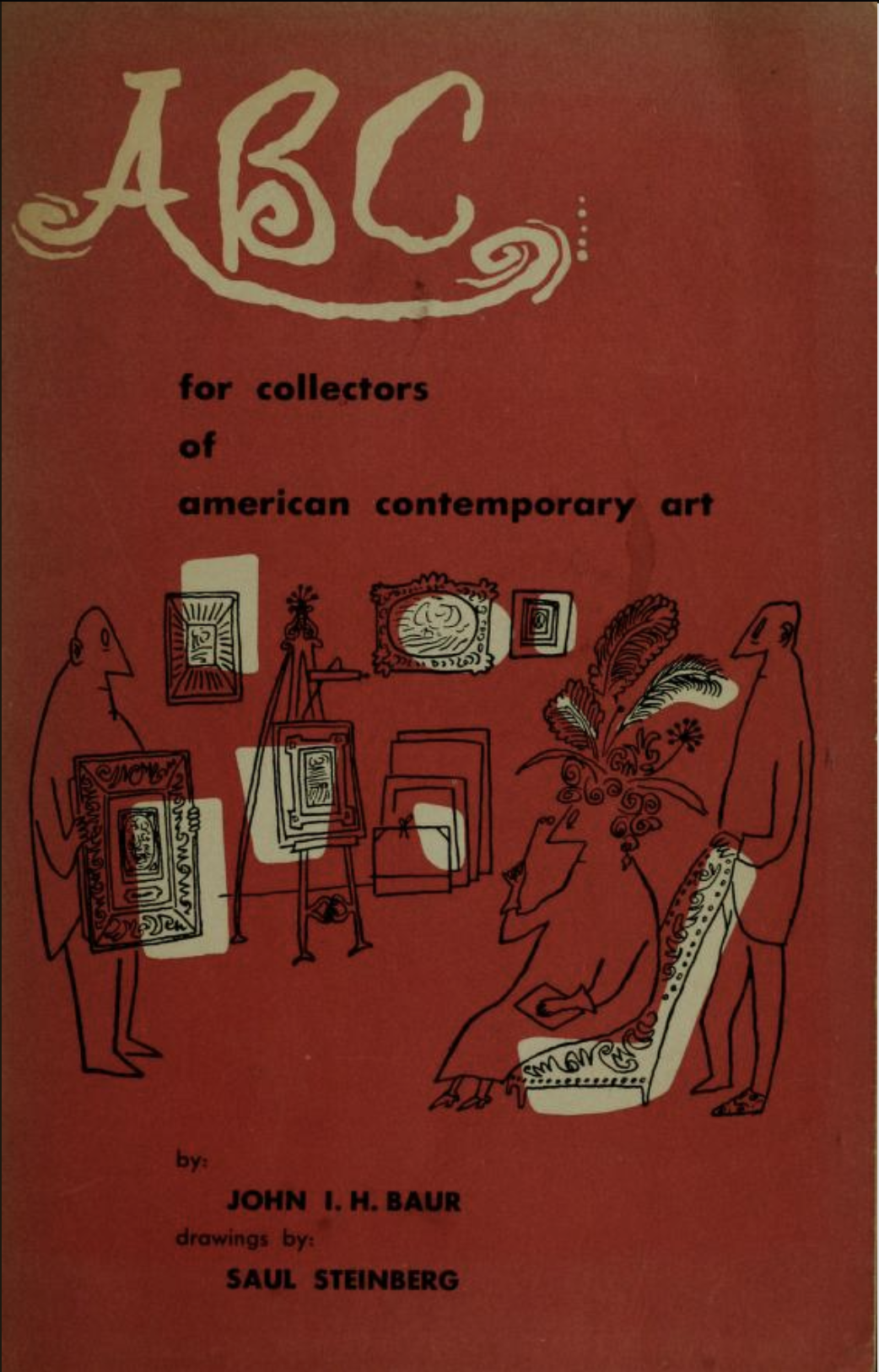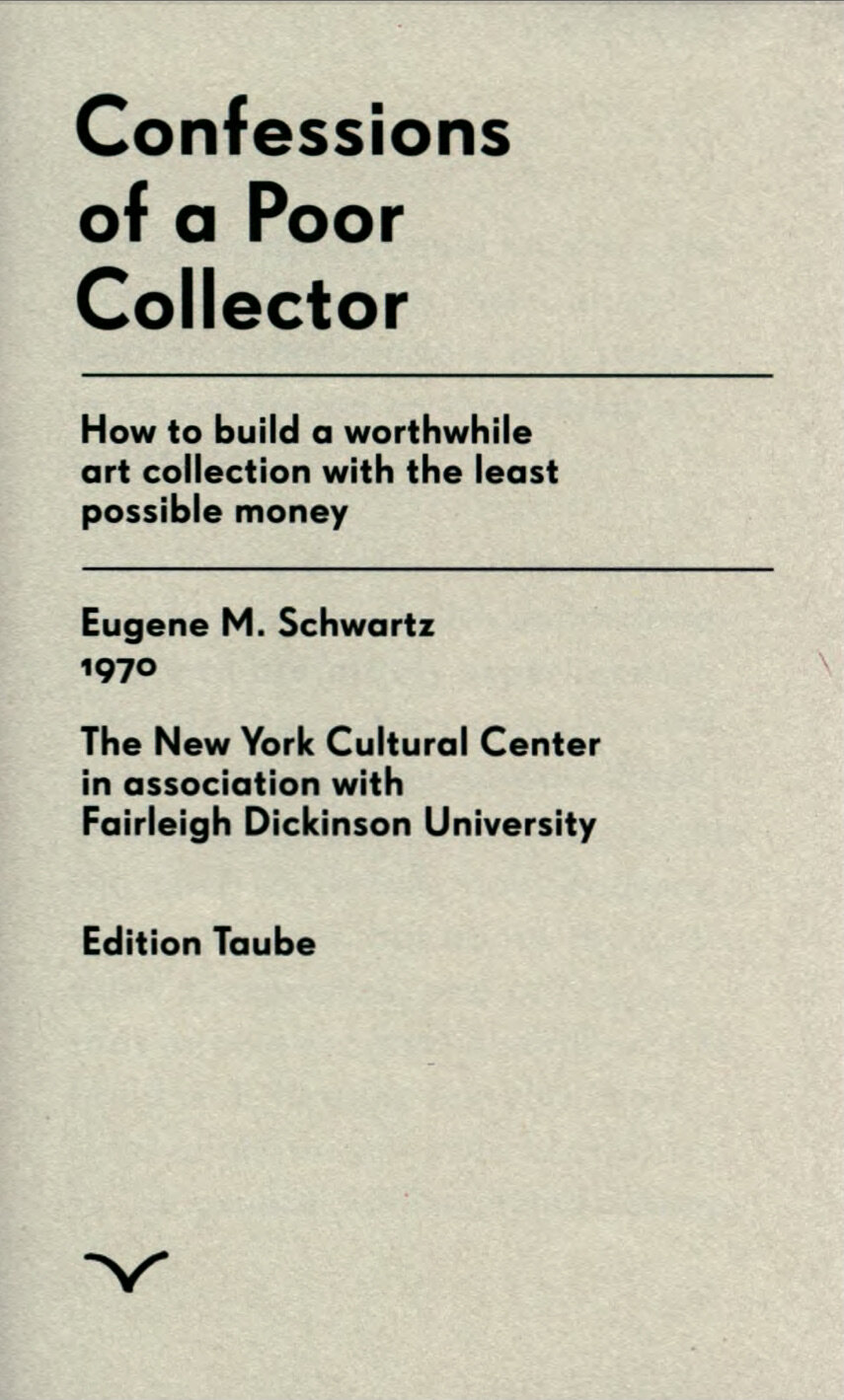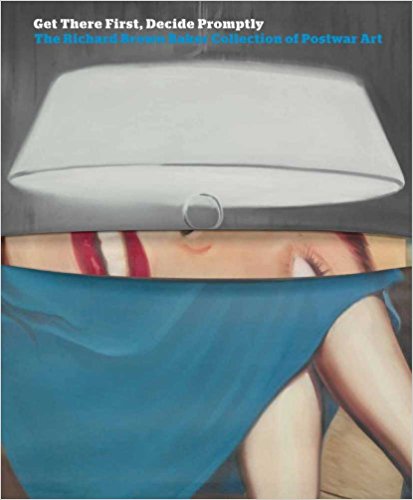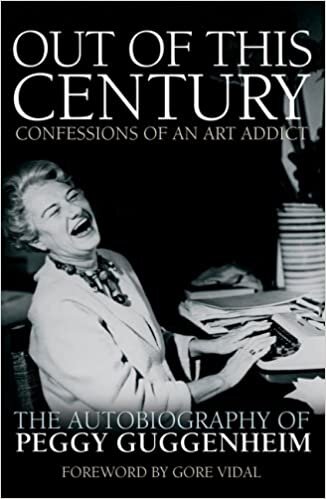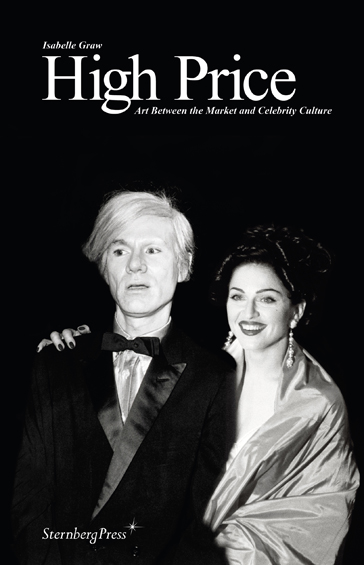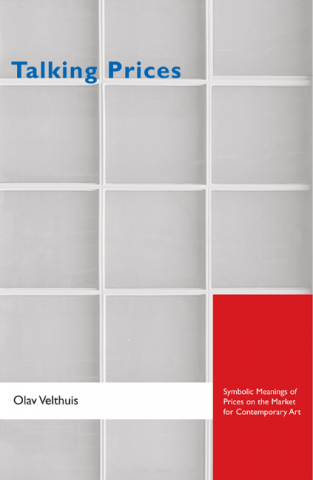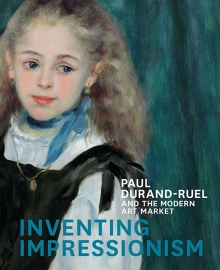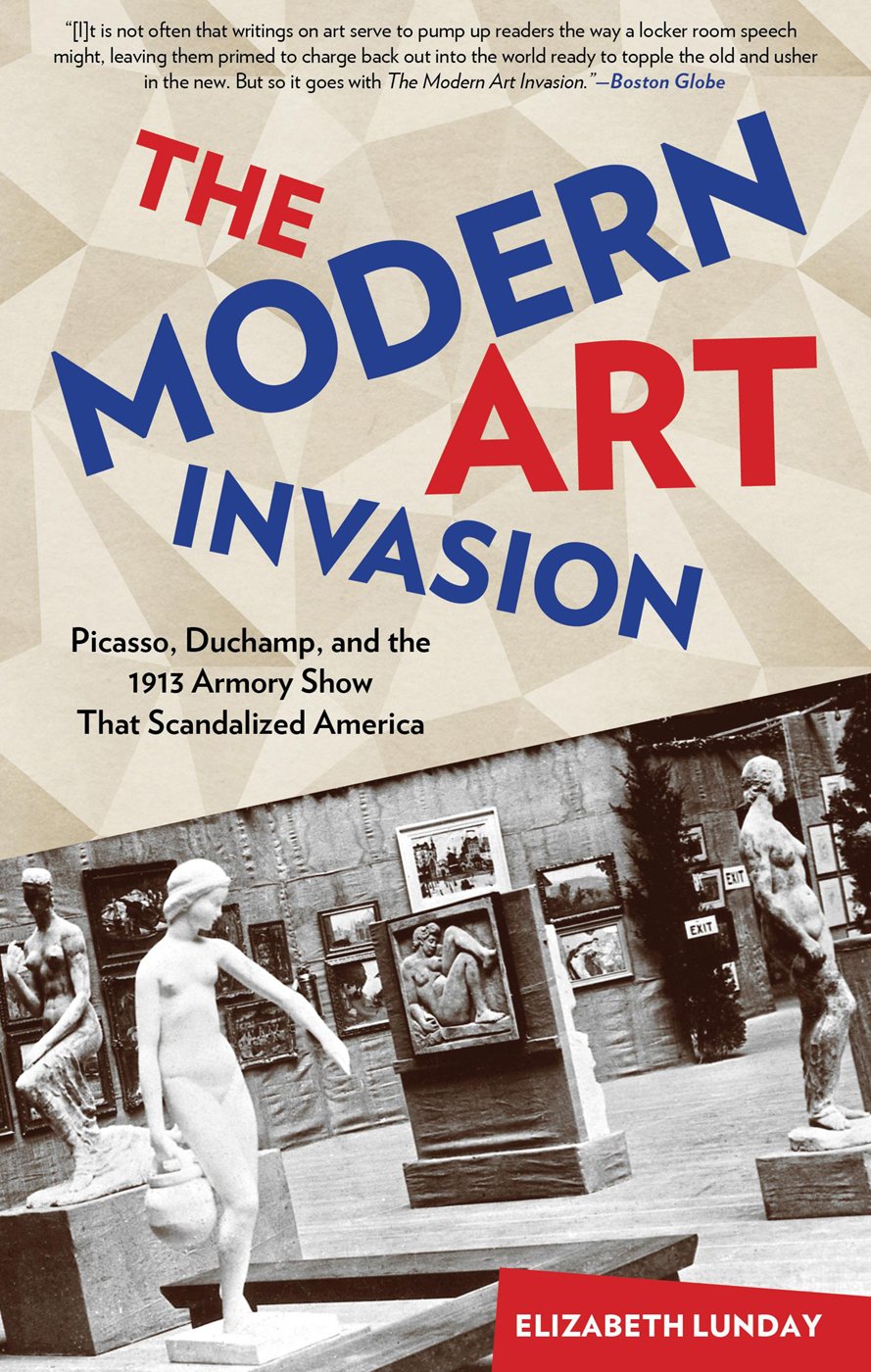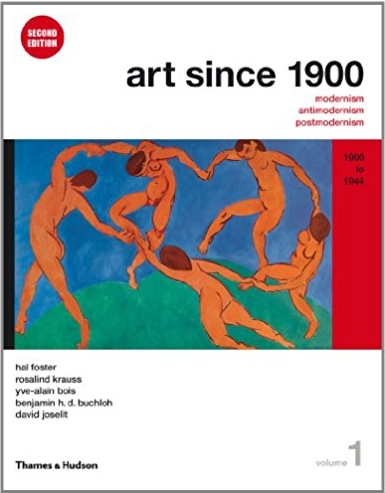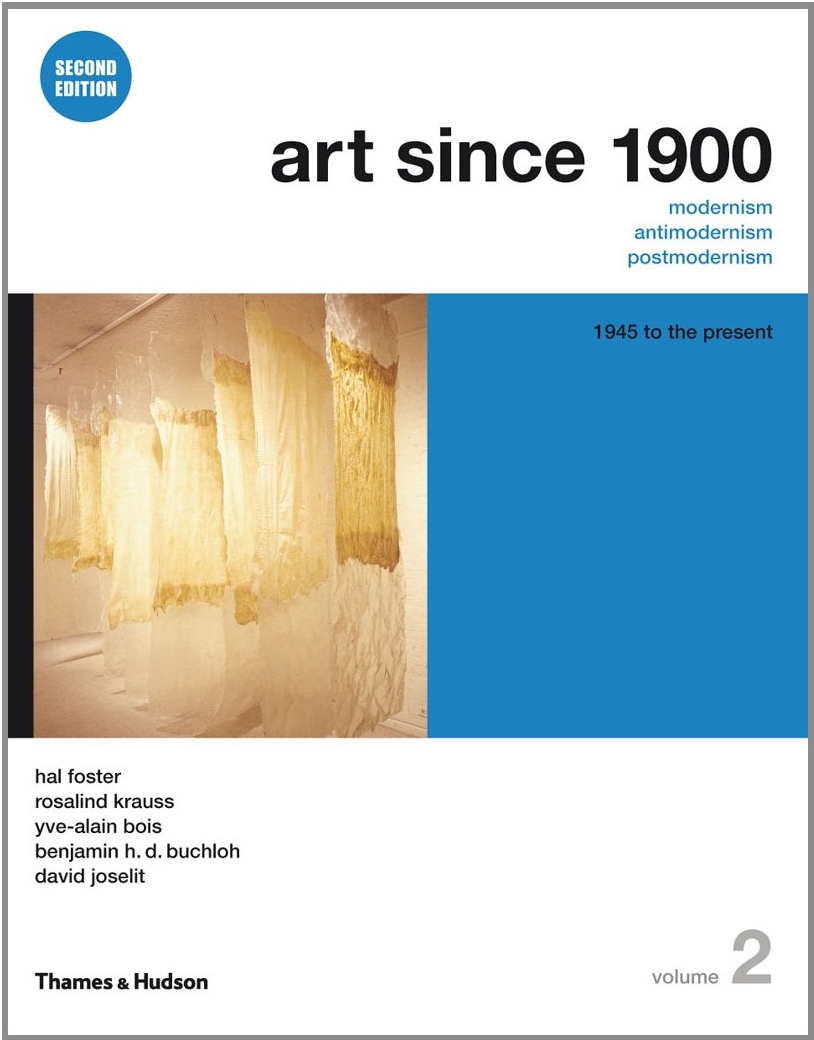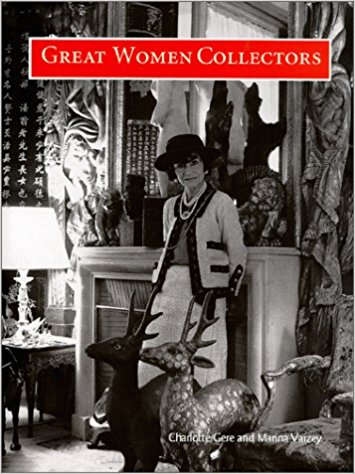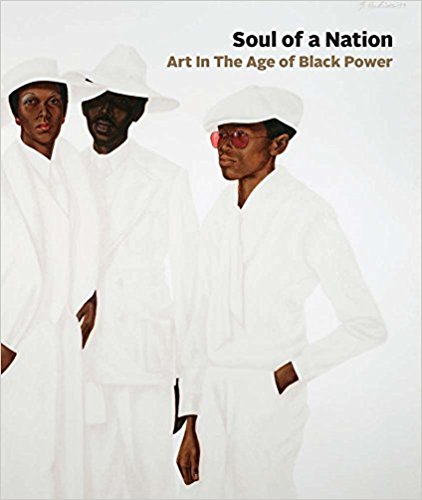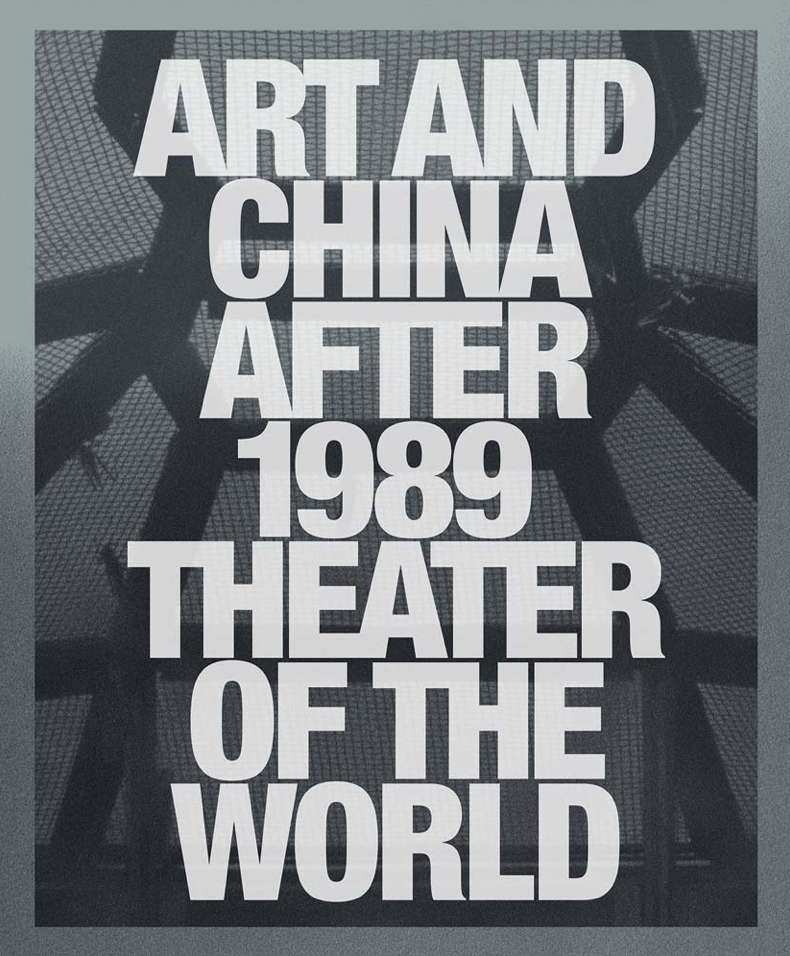client resources and tools
Kyle Thurman, Untitled (instincts. Yossarian!), 2013, ink, oil, and embossment on newsprint.
There are several “how-to collect” and “how to invest” books that gush with enthusiasm. Invariably they offer the same advice: “buy what you love.” Love can be a fickle thing. Collecting is evolutionary and is not mastered overnight.
We recommend several books that are engaging and informative. We tailor reading lists to client interests, needs, and time availability.Some books are armchair reads that are easy to pick up and consume leisurely; others demand focused attention. The readings that we generally recommend survey art since the beginnings of Impressionism in the 1870s to contemporary trends. It is an ever-changing list.
The two books that we most frequently recommend about collector experiences and lessons are nearly 70 and 50 years old respectively:
John I. H Baur and Saul Steinberg. ABC for collectors of American contemporary art. 1954
Eugene Schwartz. Confessions of a poor collector: how to build a worthwhile art collection for the least possible money. 1970.
There are also some exceptional online resources for more ambitious study and analysis. For more in-depth research, we recommend using a college, university, or museum library.
The Internet and social media are particularly cluttered with (often hyperbolic) fad and fashion. Invariably we direct our clients to the digital resources of publications, institutions, and galleries. Annual “power lists,” profiles of living collectors, and “top” artist and dealer rarely provide insight.
As for art prices, most databases rely almost exclusively on art auction estimates and results. These are poor indicators of both price and value since they are dissociated from retail prices and the numerous additional costs of buying and owning art, like auction house commissions, dealer discounts, sales taxes, import duties, transportation, storage, insurance, and the sometimes unexpected need for conservation.
Art collecting

